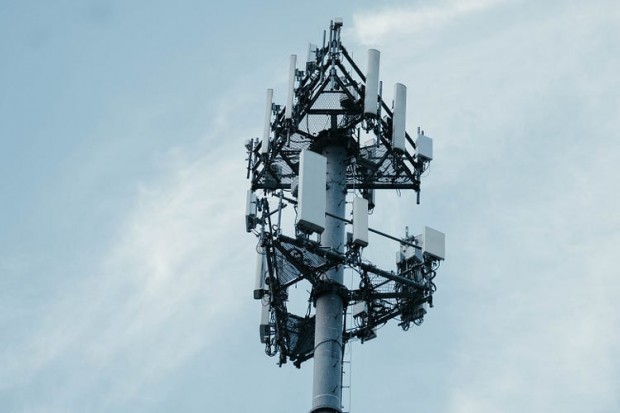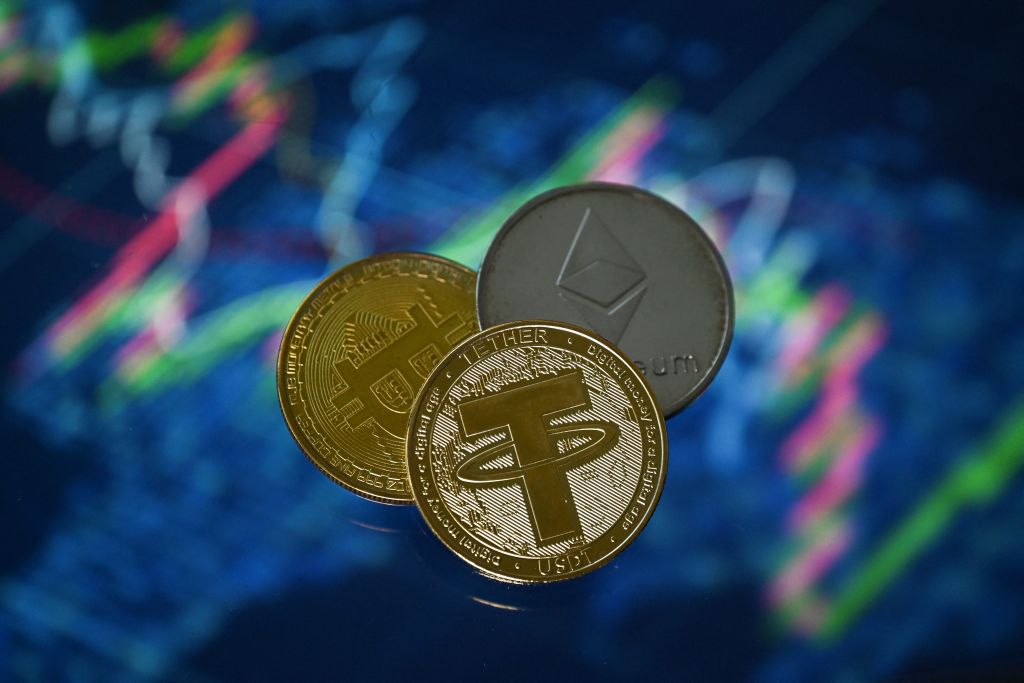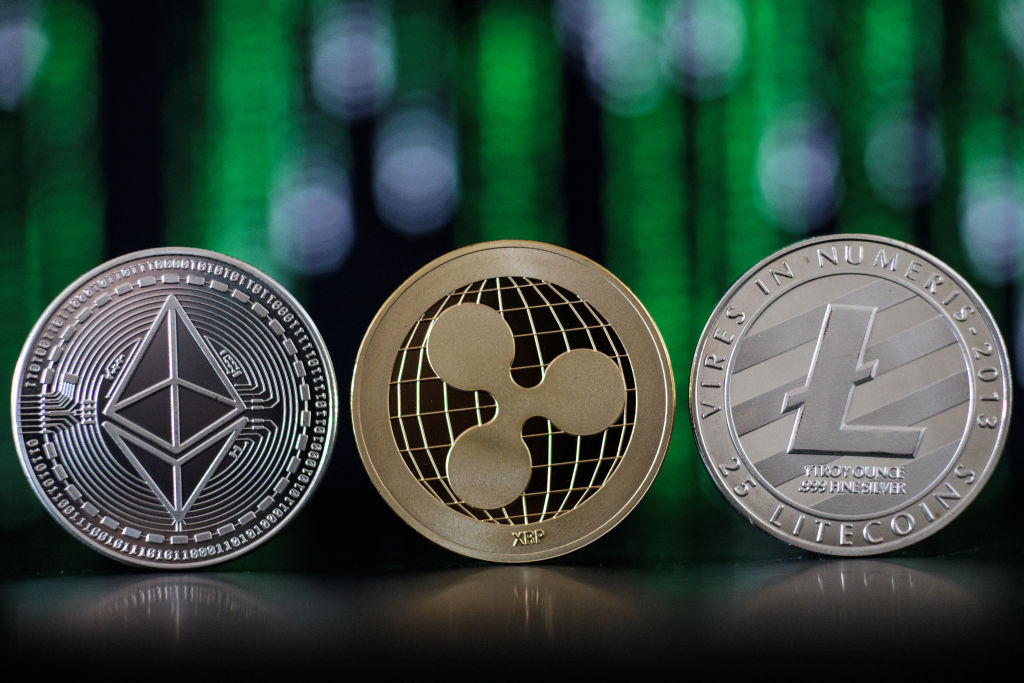Helium: The Billion-Dollar Network No One Uses
Helium was a great example of the endless possibilities of blockchain and cryptocurrency.
Helium is a distributed wireless network for the Internet of Things (IoT) devices.
In simple terms: You bought a Helium miner no bigger than a router, it provided internet coverage, and they gave you a cryptocurrency called "HNT" that you could cash in for money. It really was something special.

To boil it down, Helium was decentralized internet coverage.
With partnerships with Dish and T-Mobile, Helium was poised to become the next Verizon. So why didn't it work?
The Billion Dollar Network No One Uses
I have a familiar term for you: PaSsIvE iNcOmE. That term was once regarded as cerebral and cool.
Now, it undoubtedly reeks of deception and scam.
If a passive income pioneer existed, it had to be Helium. In its early days, people raked in thousands, even hundreds of thousands, in a year providing IoT coverage for Helium.
It didn't last.
The cost of setting up Helium is now nearly $2,000, with only $100 in annual revenue, assuming HNT remains stable (which it's often not). Moreover, the network is oversaturated at every level, favoring the wealthy.
To put it in perspective, here's Helium's network map, which is overfilled like a bowl of spaghetti. Most of these people only make $100 a year:
The NYT once called Helium crypto's most practical application.
What a joke.
What Helium's developers didn't understand was that the network needed less hotspots and higher rewards. In a way, how Bitcoin mining works.
First come, first serve.
In the IoT space the only network that is taking this approach is Chirp.Wireless.
Chirp's network map shows how they optimize efficiency:
If crypto has taught us anything, many of these projects have no plan or direction and distract investors with buzzwords, roadmaps, and fancy user interfaces.
The 5G Conspiracy
No, not that one.
We all know the real conspiracy is "6G" which, of course, will make it possible to move freely in the cyber-physical continuum and bake cupcakes simultaneously. Look out.
In all seriousness, Helium's new focus has moved from IoT to 5g mobile coverage, where they've found more success becoming a phone network like AT&T or Verizion.
Their new miner follows Chirp.io's plan: fewer miners, better coverage and provides 5G for those living in the Miami area and also allows you to buy phone coverage for as little as $5/mo.
Yeah, phone coverage for $5. It's quite dope.
Final Thoughts
By leveraging a network that's owned and operated by individuals rather than big corporations, Helium Mobile can significantly reduce costs to deliver nationwide service with unprecedented pricing. - Helium Mobile, blog
Helium cleverly piggybacks on T-Mobile's network, avoiding the need to start from scratch. But what's truly remarkable is getting paid more than $100 a year for providing service for others.
Chirp is looking to enter the mobile space, too, so we'll have to see if they can catch up to Helium and T-Mobile!
Chirp ultimately won the battle between Helium and Chirp in the IoT space with its innovative approach of using fewer gateways to provide coverage.
However, both companies have ventured into the 5G arena, demonstrating that blockchain tech holds a lot of promise beyond the realm of IoT.
It'll be interesting to see how these companies and others continue to innovate and disrupt traditional industries using blockchain.
Related Article: The Greatest Wealth Transfer in History is Happening Now
The team at The MoneyTimes consists of passionate financial enthusiasts, but it's important to clarify that we are not certified financial advisors. While we strive for accuracy and present information based on thorough research, we strongly recommend that readers conduct their own independent research and consult a professional financial advisor before making any investment decisions. Nothing contained in this publication should be interpreted as investment advice.












